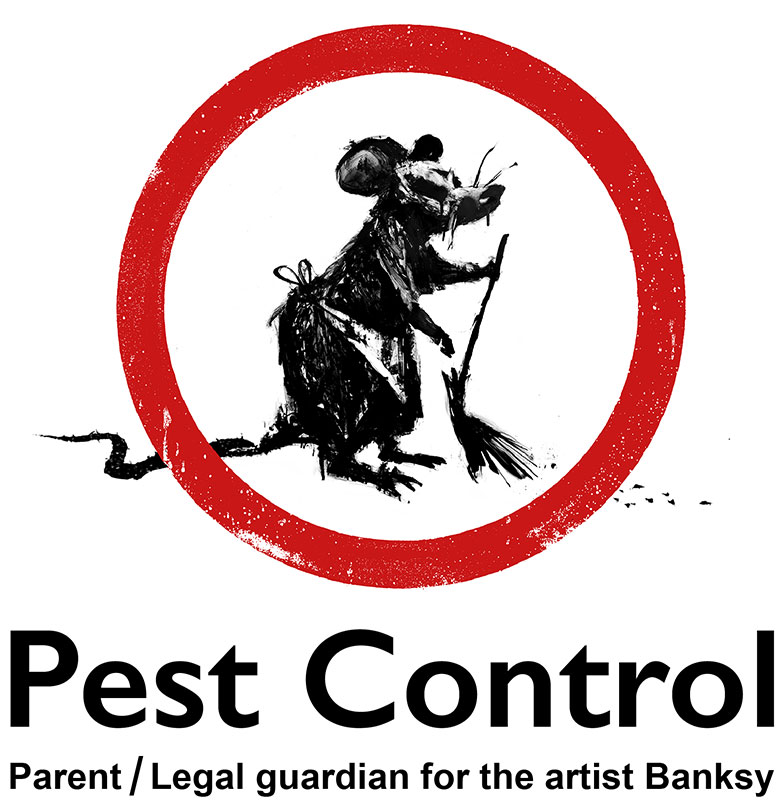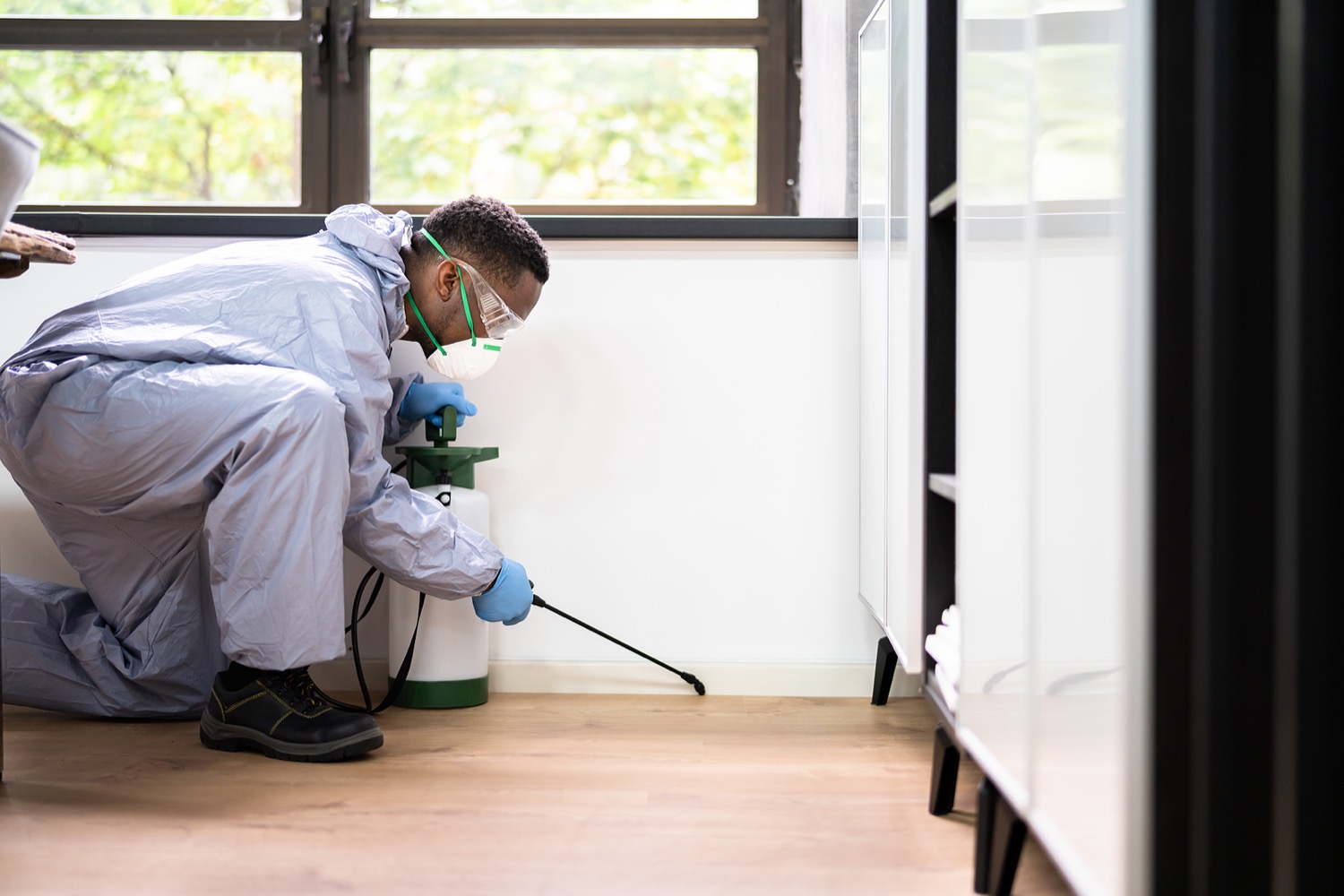Experienced A1 Exterminators Charlotte NC - Fast and Trusted Solutions
Experienced A1 Exterminators Charlotte NC - Fast and Trusted Solutions
Blog Article
Bed Bug Therapy Breakdown: Comparing Chemical Vs. Non-Chemical Solutions
In the world of insect control, particularly when taking care of the relentless concern of bed insects, the choice between chemical and non-chemical treatment remedies can be a pivotal one. Both strategies supply distinct benefits and drawbacks, influencing variables such as effectiveness, security factors to consider, and overall expense. By taking a look at the nuanced information of each approach, a clearer understanding of which path to pursue in attending to a bed insect infestation can be obtained.
Performance of Chemical Therapies
Chemical therapies for bed bug problems have been widely acknowledged for their fast and potent efficiency in removing these insects. When considering the performance of chemical treatments, it is important to comprehend that they can offer a thorough and fast solution to a bed pest trouble.
Additionally, chemical treatments have the benefit of using residual effects, suggesting that they can remain to get rid of bed insects even after the first application. This recurring action is specifically advantageous in combating any type of possible re-infestations. Additionally, the fast action of chemical therapies can bring relief to people facing extreme bed insect invasions, allowing them to gain back control of their space promptly.
Security Interest In Chemical Solutions
One critical element that needs mindful factor to consider when making use of chemical options for bed insect therapy is ensuring the security of passengers and the setting. Direct exposure to certain chemicals utilized in bed insect treatments can lead to respiratory system concerns, skin irritability, or various other adverse responses, specifically in individuals with pre-existing problems or level of sensitivities.
Additionally, the ecological effect of chemical services is an additional considerable factor to consider. Some pesticides used in bed pest treatments might be damaging to useful insects, wildlife, and ecosystems if they leach into the soil or water supply. It is necessary to make use of chemical therapies sensibly, following safety and security standards, and considering less harmful choices to reduce these threats and ensure the secure and effective management of bed pest invasions.
Advantages of Non-Chemical Methods
Considering the possible security concerns and ecological effect linked with chemical options for bed bug treatment, discovering non-chemical approaches provides an encouraging choice with several distinct advantages. Non-chemical techniques provide a more secure alternative for houses, specifically those with youngsters, individuals, or animals sensitive to harsh chemicals. These methods remove the threats of direct exposure to harmful substances, decreasing the possibility for damaging health and wellness effects. Moreover, non-chemical treatments are eco friendly, as they do not contribute to air or water air pollution, making them a lasting option for bug control.
Additionally, non-chemical services can be effective in targeting bed bugs, consisting of hard-to-reach locations where chemical therapies may not permeate - A1 exterminator charlotte nc. Methods such as warm treatment, vacuuming, steam cleansing, and cushion encasements offer detailed removal without the use of Check Out Your URL harmful chemicals.
Limitations of Non-Chemical Treatments

In addition, non-chemical therapies often need numerous applications to accomplish effective elimination. This can be taxing and may not always guarantee total removal of all bed pests and their eggs, specifically in hard-to-reach or surprise places.
In addition, the success of non-chemical treatments heavily counts on correct implementation and thoroughness, which can be challenging for individuals without professional expertise. Poor application of non-chemical approaches may cause insufficient removal, leading to relentless problems and the requirement for additional treatments.
For that reason, while non-chemical therapies have their benefits, it is important to acknowledge these limitations and consider them when figuring out one of the most reliable method for taking care of bed insect infestations.
Price Comparison: Chemical Vs. Non-Chemical Options
Provided the restrictions associated with non-chemical treatments, a necessary element Read Full Report to review in the context of bed insect management is the expense comparison in between chemical and non-chemical options. In comparison, non-chemical treatments like warm therapy or heavy steam can be more costly, with costs varying from $1,000 to $6,000 for a whole home. While the first expense of chemical treatments might appear lower, several treatments may be needed to completely eradicate the problem, potentially increasing the overall cost.
Conclusion

Thinking about the possible safety and security worries and environmental impact connected with chemical options for bed bug therapy, discovering non-chemical techniques offers an appealing alternative with several distinct benefits.Provided the limitations linked with non-chemical therapies, a vital element to review in the context of bed insect monitoring is the price contrast between chemical and non-chemical options. In comparison, non-chemical over here treatments like warmth therapy or heavy steam can be much more costly, with prices ranging from $1,000 to $6,000 for an entire home. While the initial expense of chemical treatments may seem lower, numerous therapies might be needed to totally remove the infestation, possibly increasing the total cost.In final thought, when comparing chemical and non-chemical bed pest therapy choices, it is important to consider effectiveness, safety and security, benefits, limitations, and price.
Report this page